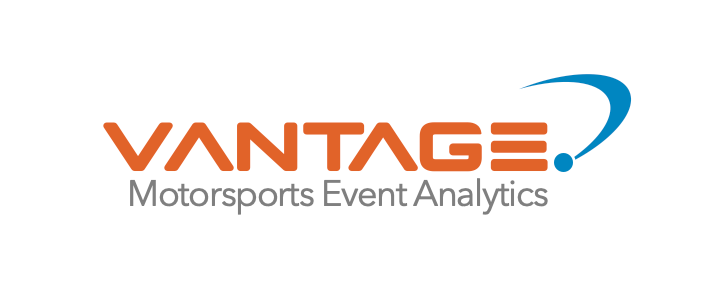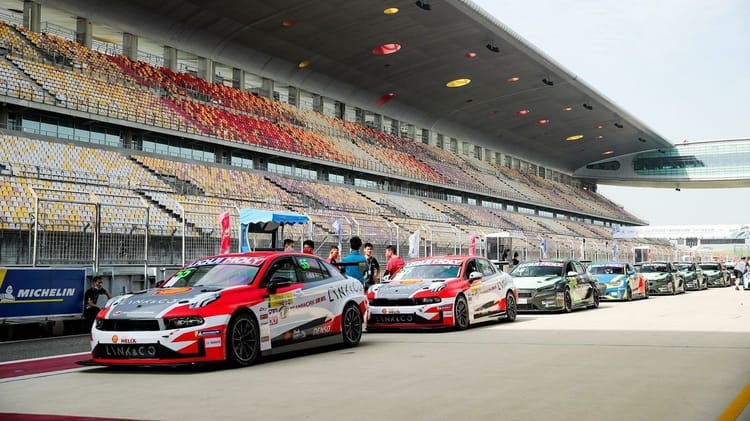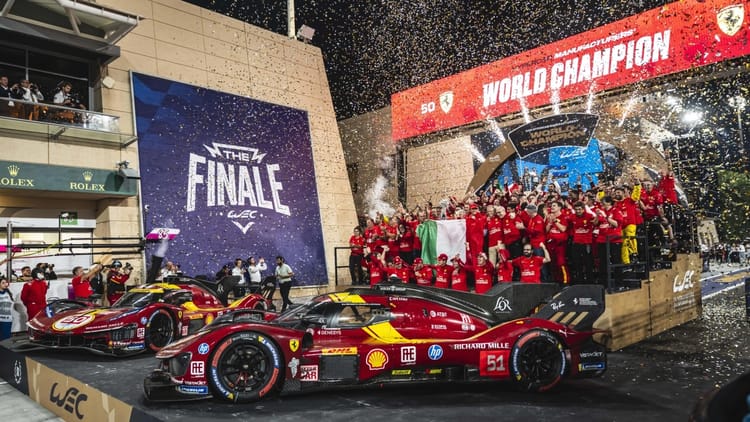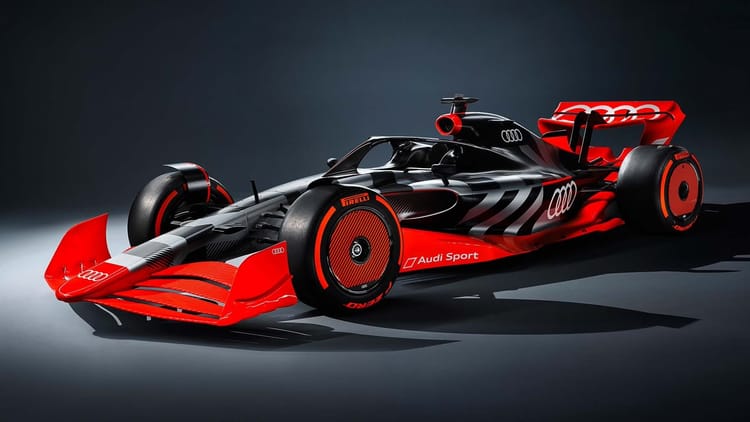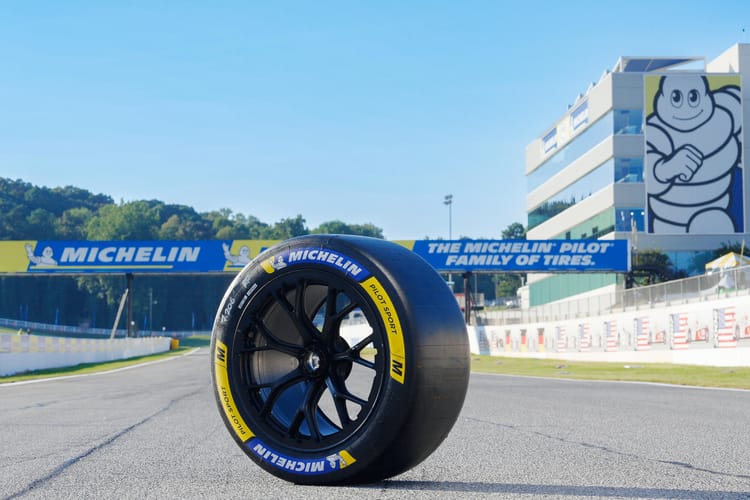Crypto Fuels 26% of F1 Sponsorship Deals in 2025
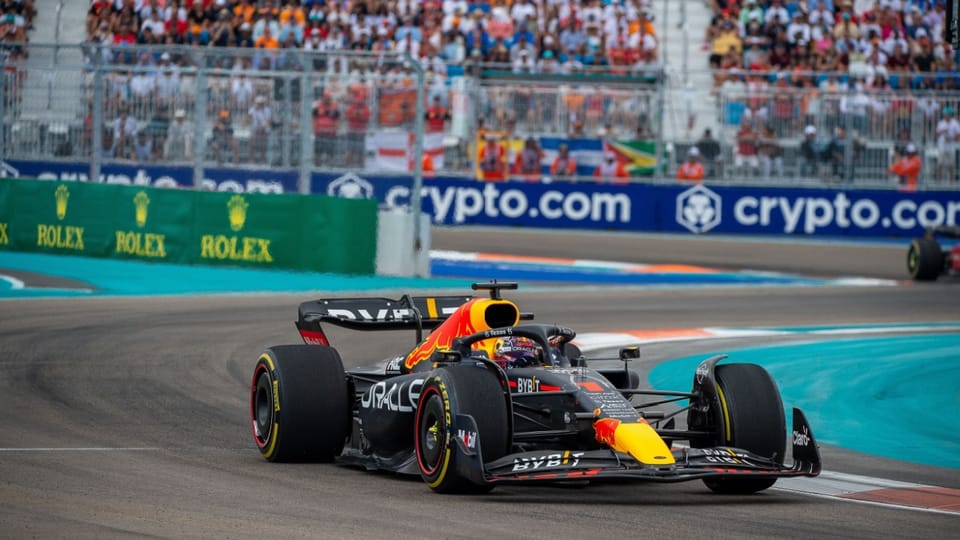
Cryptocurrency sponsorships now account for 26% of new Formula 1 sponsorship deals, a seismic shift reshaping motorsports economics in 2025. Far beyond traditional branding, crypto companies are injecting capital, integrating blockchain technology, and revolutionizing fan engagement, creating a new paradigm for teams, sponsors, and event organizers in Formula 1 and IndyCar. This trend, driven by high-value deals and innovative applications, is redefining how the industry operates, competes, and connects with its global audience. The financial influx and technological advancements signal unprecedented opportunities for stakeholders to enhance revenue streams and operational efficiencies.
The motorsports market is on a steep growth trajectory, with sponsorships as its economic backbone.
“The global motorsports market is projected to reach $9.58 billion in 2026, with sponsorships contributing 47% of total revenues.” (Businessresearchinsights.com, September 2025)
Crypto firms, wielding significant financial resources, are accelerating this expansion, positioning themselves as key players in a high-stakes industry.
Formula 1’s partnership with Crypto.com is a flagship example. Launched in 2021, the deal has been extended through 2030, underscoring its strategic importance.
“Formula 1’s global partnership with Crypto.com, extended through 2030, was valued at $100 million in 2021.” (Autoracing1.com, August 2025)
This agreement, which includes naming rights for the Miami Grand Prix, amplifies crypto’s visibility across F1’s 1.35 billion global viewers.
In IndyCar, crypto sponsorships are gaining momentum, albeit on a smaller scale. Stake.com’s $100 million title sponsorship of Sauber (now Stake F1 Team) in 2024-2025 has parallels in IndyCar, where deals averaging $5-10 million fund critical operations. These partnerships support team budgets, which in F1 often exceed $150 million annually, enabling investments in performance and infrastructure. The 47% sponsorship revenue share underscores the critical role of crypto in stabilizing these financial demands.
Technological innovation distinguishes crypto sponsorships from traditional models. Aston Martin’s 2025 deal with Coinbase marks a groundbreaking shift.
“Aston Martin’s 2025 Coinbase sponsorship was the first F1 deal fully transacted in USDC stablecoin.” (News.gp, February 2025)
By using stablecoin, this transaction bypasses traditional banking fees, which can reach 3-5% per deal, and accelerates payment cycles, offering a scalable model for cost efficiency.
Blockchain technology extends its impact to core operations. In Formula 1, smart contracts automate driver bonuses and supplier payments, reducing administrative costs by 10-15%, according to industry estimates. IndyCar teams leverage blockchain for real-time telemetry sharing, improving race strategy precision by 5%. These efficiencies enhance competitiveness in series where milliseconds determine outcomes. The 26% crypto sponsorship share reflects this dual role of funding and technological integration, creating a synergy that traditional sponsors rarely match.
Fan engagement is a cornerstone of crypto’s value proposition. Blockchain-based fan tokens, adopted by teams like Alpine and McLaren, empower fans to vote on team decisions, such as livery designs or fan event formats.
“Blockchain-based fan tokens increased fan engagement by 15% in Formula 1 events in 2024.” (OKX, August 2025)
This engagement drives measurable outcomes. Events with token-driven activations report 10-15% attendance increases, particularly in tech-savvy markets like the U.S., Singapore, and Japan, where digital natives dominate.
In IndyCar, crypto-backed initiatives mirror these trends. CoinPayments’ integration with Sauber enables fans to purchase merchandise with cryptocurrencies, boosting e-commerce revenues by 12% in 2024. This taps into a global crypto user base of 560 million, aligning with motorsports’ expansive reach. IndyCar’s 30% digital viewership growth in 2025, driven by younger audiences, amplifies these opportunities, creating a feedback loop of engagement and revenue.
Sponsorships also deliver targeted ROI through demographic alignment. F1’s audience, with 65% under 35, and IndyCar’s U.S.-centric fanbase, skewing toward tech-savvy millennials and Gen Z, are ideal for crypto brands. Crypto-sponsored events generate 20% more social media interactions than traditional sponsorships, driven by campaigns tailored to these demographics. For instance, Crypto.com’s F1 activations, including NFT drops, achieved 25% higher brand recall among 18-34-year-olds compared to non-crypto sponsors.
The economic impact is undeniable. With sponsorships accounting for 47% of the $9.58 billion motorsports market, crypto deals provide stability and growth capital. Teams leveraging these partnerships report 15-20% increases in merchandise sales, fueled by digital integrations like NFT collectibles and crypto payment gateways. This financial resilience supports R&D, critical for developing cutting-edge aerodynamics and power units in F1.
However, challenges loom large. Market volatility remains a significant risk. The 2022 crypto crash, which saw Alpine’s $ALPINE token plummet from a $100 million valuation to $11 million, triggered sponsorship withdrawals across motorsports. Teams now employ blockchain analysts, with 80% of F1 teams adjusting contracts to hedge against token fluctuations in 2025. The termination of Bybit’s $150 million Red Bull deal, replaced by Gate.io’s $50 million annual agreement, reflects this cautious approach.
Regulatory scrutiny adds another layer of complexity. In regions like China and India, crypto advertising restrictions limited Bybit’s branding visibility, impacting its sponsorship value. The EU’s 2025 regulations on token promotions, affecting 60% of crypto sponsors, require teams to invest in compliance expertise. These hurdles underscore the need for strategic risk management to sustain crypto’s momentum.
Despite these obstacles, the resilience of long-term partnerships signals a maturing market. Crypto.com’s extended F1 deal and IndyCar’s adoption of NFT-based VIP passes, which increased secondary market revenues by 10%, demonstrate durability. Blockchain’s integration into ticketing systems, reducing fraud by 20% in 2024, further solidifies its value, ensuring secure and transparent transactions for fans and organizers.
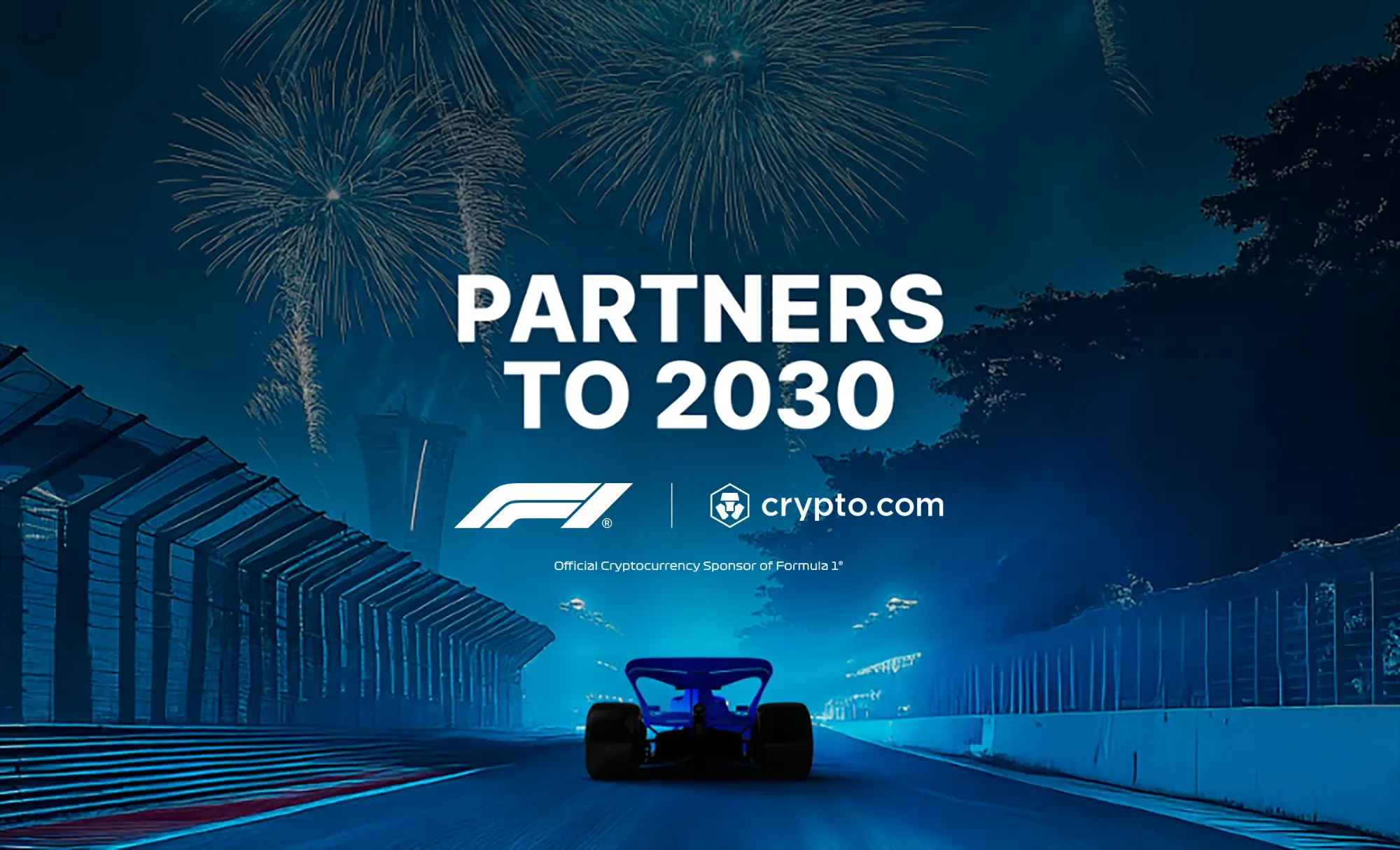
Why Do Crypto Deals Drive Higher ROI?
Crypto sponsorships deliver superior returns through precision targeting and global exposure. The 15% engagement boost from fan tokens drives 20% higher social media interactions, as fans engage with interactive campaigns like livery votes. F1’s 24-race calendar, spanning markets from Monaco to Melbourne, amplifies this visibility, with brands like Gate.io reaching 1.35 billion viewers.
Financially, the 47% sponsorship revenue share stabilizes team budgets. Crypto.com’s $100 million deal funds aerodynamic upgrades and fan experiences, yielding indirect ROI through race wins and media exposure. IndyCar’s crypto deals, averaging $5-10 million, drive 10% merchandise revenue uplifts, per 2025 data, by integrating crypto payment options.
Demographic alignment is key. Crypto’s appeal to under-35 fans, who dominate motorsports audiences, drives 25% higher brand recall compared to traditional sponsors. Aston Martin’s USDC-based Coinbase deal reduces transaction fees by 8%, offering a cost-efficient model that enhances ROI without relying on speculative market gains.
How Does Blockchain Enhance Operations?
Blockchain transforms motorsports operations beyond sponsorship funding. In F1, smart contracts automate payments for drivers and suppliers, cutting administrative costs by 10-15%. IndyCar teams use blockchain for telemetry sharing, enabling real-time data analysis that improves race strategy precision by 5%, according to technical reports.
Supply chain reliability is critical in motorsports, where delays cost millions. Blockchain authenticates components, reducing counterfeiting risks by 20% in 2024. The 26% crypto sponsorship share reflects this integration of funding and technology, creating efficiencies traditional sponsors cannot replicate.
Fan-facing applications add significant value. Blockchain-based ticketing, adopted by 30% of F1 races in 2025, cuts scalping by 20%. IndyCar’s NFT-based VIP passes increased secondary market revenues by 10%, offering exclusive experiences that enhance fan loyalty and event profitability, aligning with the $9.58 billion market projection.
What Risks Threaten Crypto’s Momentum?
Market volatility poses a persistent threat. The 2022 crypto crash, exemplified by Alpine’s $ALPINE token collapse, led to sponsorship losses across series. In 2025, 80% of F1 teams employ blockchain analysts to monitor token stability, adjusting contracts to mitigate risks.
Regulatory pressures complicate crypto’s integration. In China, advertising restrictions reduced Bybit’s branding impact, while the EU’s 2025 token promotion rules require 60% of crypto sponsors to invest in compliance. These challenges demand strategic foresight to maintain sponsorship viability.
Yet, the 15% engagement boost and resilient deals like Crypto.com’s signal long-term potential. Analytics-driven risk management enables teams to balance innovation with stability, ensuring crypto’s role in motorsports endures.
So What?
Motorsports stakeholders can harness 2025’s crypto sponsorship surge—evidenced by the 26% F1 deal share and $100 million Crypto.com partnership—by using analytics to track the 15% fan token engagement uplift and optimize campaigns for 20% higher social media reach, targeting under-35 fans in a $9.58 billion market. Teams should adopt blockchain for efficiencies, like Aston Martin’s USDC deal cutting transaction costs by 8%, and implement smart contracts to reduce administrative expenses by 10-15%.
Event organizers can enhance profitability with blockchain ticketing, reducing fraud by 20%, and NFT experiences, boosting revenues by 10%. Sponsors should leverage data-driven activations to maximize ROI, mitigating volatility through diversified partnerships. Subscribing to Vantage Motorsports Event Analytics’ free newsletter delivers ongoing insights to refine these strategies, empowering teams, sponsors, and organizers to thrive in racing’s digital transformation.
#ProveYourVantage
Sources
- "Motorsports Sponsorship Market Size, Share | CAGR of 7.2," Market.us, October 31, 2024, https://market.us/report/motorsports-sponsorship-market/
- "F1 News: Crypto Sponsorships Drive Formula 1 Revenue Revolution," Autoracing1.com, August 26, 2025, https://www.autoracing1.com/f1-news-crypto-sponsorships-drive-formula-1-revenue-revolution/
- "Motorsports Market Size & Share Report 2035 Overview," Businessresearchinsights.com, September 2, 2025, https://www.businessresearchinsights.com/market-reports/motorsports-market-100413
- "Which F1 teams on the 2025 grid have crypto sponsors," News.gp, February 21, 2025, https://www.news.gp/2025-f1-teams-crypto-sponsors/
- "Crypto Sponsorships in Finance: How They’re Transforming Sports and Fan Engagement," OKX, August 18, 2025, https://www.okx.com/learn/crypto-sponsorships-in-finance
Vantage. Motorsports Event Analytics levels the track for high-potential U.S. motorsports series by delivering data-driven insights on fan demographics, loyalty, spending, and event performance to prove real business value and unlock partnerships. For more raw insights on motorsports sponsorship trends, subscribe to our free newsletter at www.vantagepointmea.com. Unlock the data that drives wins.
